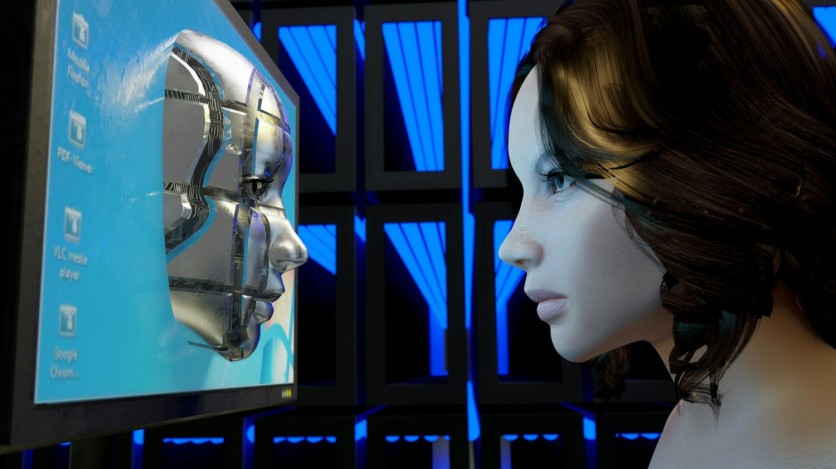One of Hollywood's latest movies, "Furiosa: A Mad Max Saga," has reportedly used artificial intelligence (AI) to combine two actresses' faces playing the same role. In a recent interview on "The Kelly Clarkson Show," Anya Taylor-Joy said AI was used to mix the faces of herself and child actor Alyla Browne, as they both play the titular character at different ages.
Taylor-Joy noted that the film's director, George Miller, came up with the idea to use AI "very early on" in making his post-apocalyptic prequel to 2015's "Mad Max: Fury Road."
"The audience was already getting used to a new Furiosa. He [George Miller] wanted the transition from both actors [Taylor-Joy and Browne] playing her to be seamless. And so I did two days of the craziest things you could ever possibly imagine. And they mixed our faces together," Taylor-Joy said.
Taylor-Joy further noted that at the beginning of the movie, it was around 35% of her appearance on Browne and was already around 80% by the time she was about to play the role. She said, "It's wild to see [that]."
Taylor-Joy also acknowledged the controversial moral and legal issues regarding AI. As she tackled the 2023 SAG-AFTRA and WGA strikes, she asserted that there was a reason why the industry went on strike.
"It is something that is frightening, and I think if you're going to use it you have to be honest about it and it always has to be consensual. It's the lack of consent in anything in life that is the scary thing," said Taylor-Joy, as Variety reported.
Although the specifics of the AI work remained undisclosed, the film's leading visual effects providers are DNEG and Framestore. The tech of startup Metaphysic AI, which is developing AI tools responsible for the aging and de-aging of actors, is also reportedly involved.

Controversies on AI Filmmaking
Some people continue to be concerned about AI's use in Hollywood and filmmaking in general. For example, when Netflix reportedly used manipulated photos in "What Jennifer Did," controversy broke out over claims that the show used AI-generated visuals to represent a real person.
The documentary's authenticity and integrity have come under scrutiny due to ethical concerns involving the alleged use of modified imagery, such as distorted hands and unusual anomalies.
According to reports, this disclosure raises ethical concerns regarding using AI-generated content in documentaries and calls into question Netflix's editorial decisions.
The fact that the person shown is detained and awaiting a retrial highlights the possible impact of such pictures on public perception and judicial proceedings, adding another level of complexity to the topic. In one photo, Jennifer Pan, the documentary's main subject, has a badly deformed left hand, and another image reveals an odd gap in her cheek.
Some reports said the photos indicate manipulation but were not identified as AI-generated, or the AI might be using genuine photos of Pan as a basis for generating the images. Thus, the images produced could potentially introduce bias rather than accurately depict the case's facts.
The Use of AI in Hollywood
As Hollywood consistently demonstrates its usage of AI, tech companies are also eager to leverage Hollywood content to train their large language models.
Hollywood production and film companies were recently reported to receive offers worth millions of dollars from Meta and Google for AI licensing deals.
These tech giants wanted to license the content, data, and information from these companies, which are protected by copyrights and trademarks, to improve their AI video models.
Related Article : Can AI Replace Humans in the Music Industry? Here's What an Award-Winning Composer Has to Say About It





